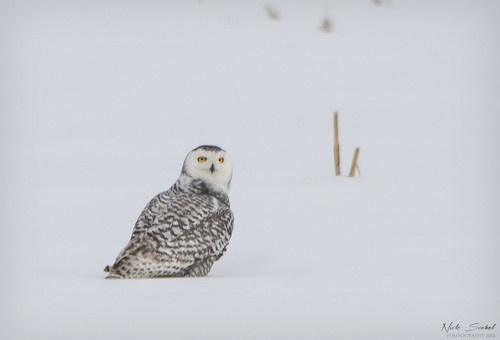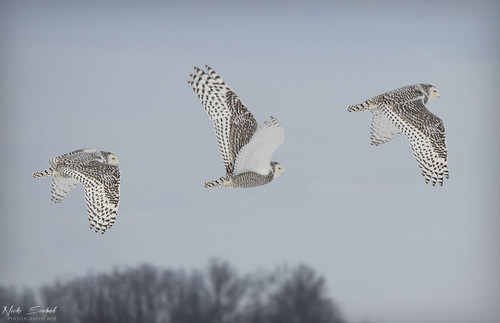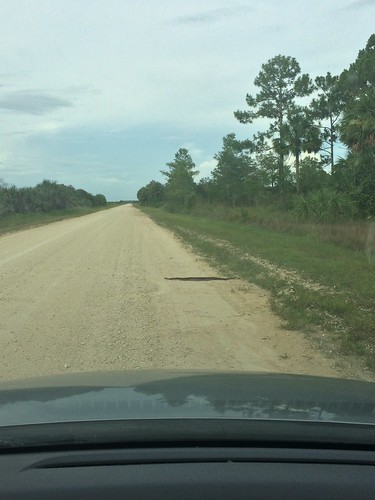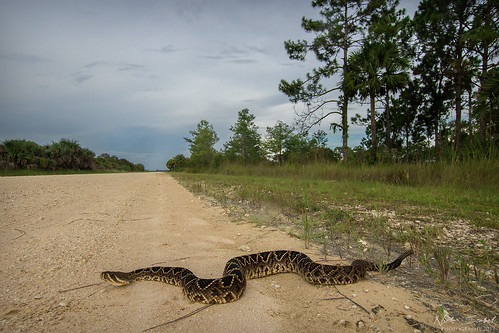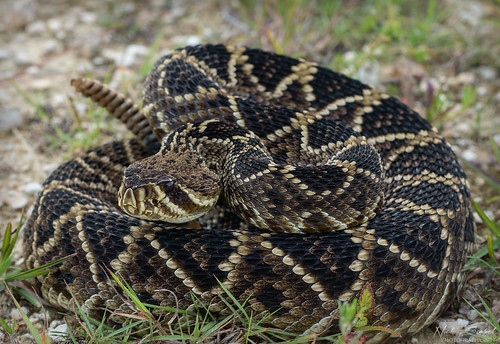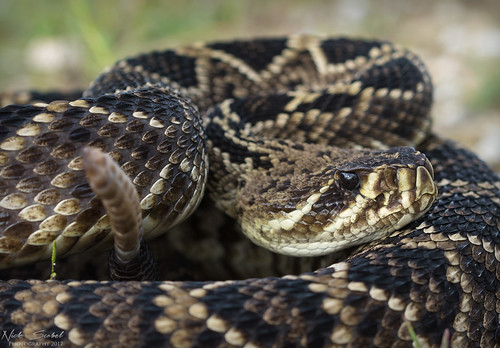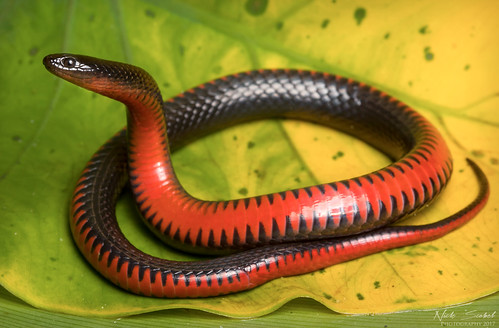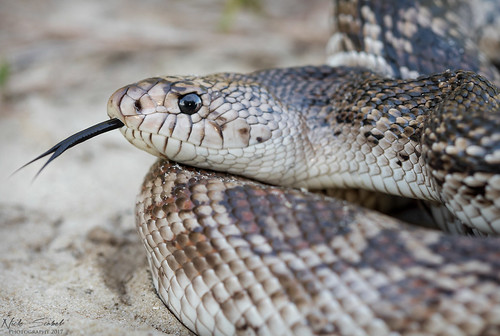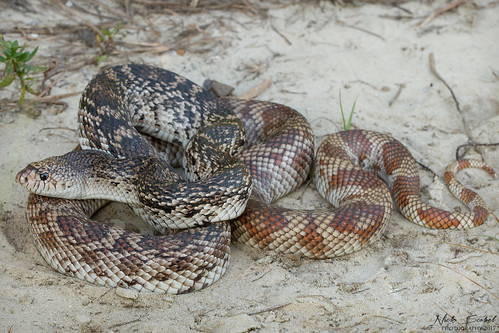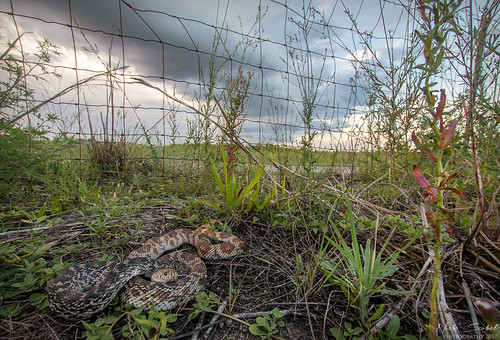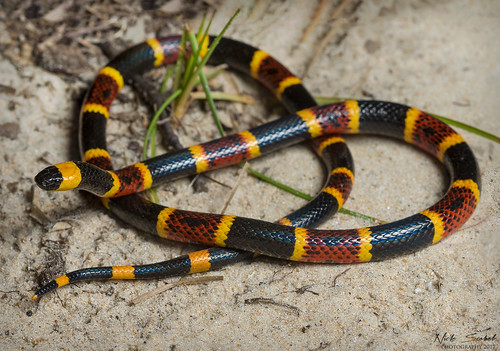 |
| Snowy Owls (Bubo scandiacus), Wayne and Lenawee County, Michigan |
Snowies are always a treat to see in the winter months, and this year's irruption challenges the one that occurred in the winter of 2013-2014 in terms of numbers. Despite enjoying the owls, I was well ready for some warmer weather. We received about a foot of heavy snow on the weekend of February 10th, and a week later were bracing for a powerful storm system which would drop almost 4 inches of rain on southeast Michigan. This along with record high temperatures brought some early amphibians out and about on the night of February 22nd. Jason, Chris and I started our trek in Oakland County, where Chris quickly spotted a young tiger salamander swimming through a mostly frozen vernal pool.
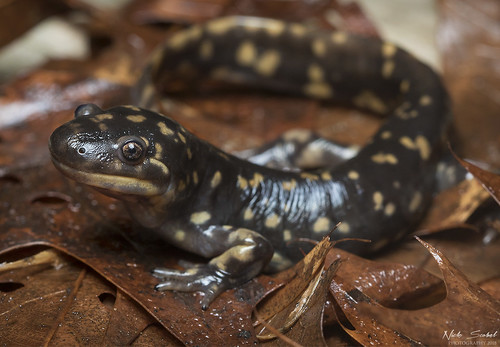 |
| Eastern Tiger Salamander (Ambystoma tigrinum) from Oakland County, Michigan. |
This young male was small, likely last year's metamorph. The rain picked up and Jason had to take off, so Chris and I moved southwest into Washtenaw County. We picked a few blue-spotted salamanders off the road before arriving at a vernal pool we visit each spring. The day before, the pond had been completely frozen but was now mostly thawed. It wasn't long before we found several adult tigers in the pool.
Tigers are among the earliest breeding amphibians in Michigan and often enter vernal pools that are still mostly frozen. Males emerge first as the ground thaws and head to breeding pools to await the arrival of females in the coming weeks in hopes of having the opportunity to fertilize her eggs.
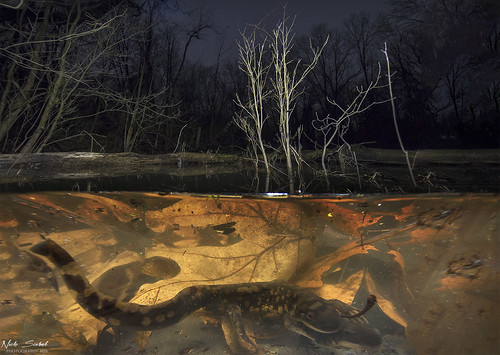 |
| A pair of Eastern Tiger Salamanders (Ambystoma tigrinum) swim about in a vernal pool in southeast Michigan. |
Watching these tigers do their thing in a mostly frozen breeding pool was a cool experience. As exciting as it is to observe salamander breeding activity in February, it's also concerning. As the climate changes, extremely fluctuations in weather are occurring earlier each year. Early bird amphibian breeding is concerning, as it leaves individuals and eggs at risk to deep cold snap events which can wipe out breeding events for a year. When the powerful storm hit, the ground was still frozen, causing massive flooding across areas in southeast Michigan because there was nowhere for the rain and melt water to go. Hopefully, we won't experience any deep cold snaps in the coming month and are well on our way to spring.

